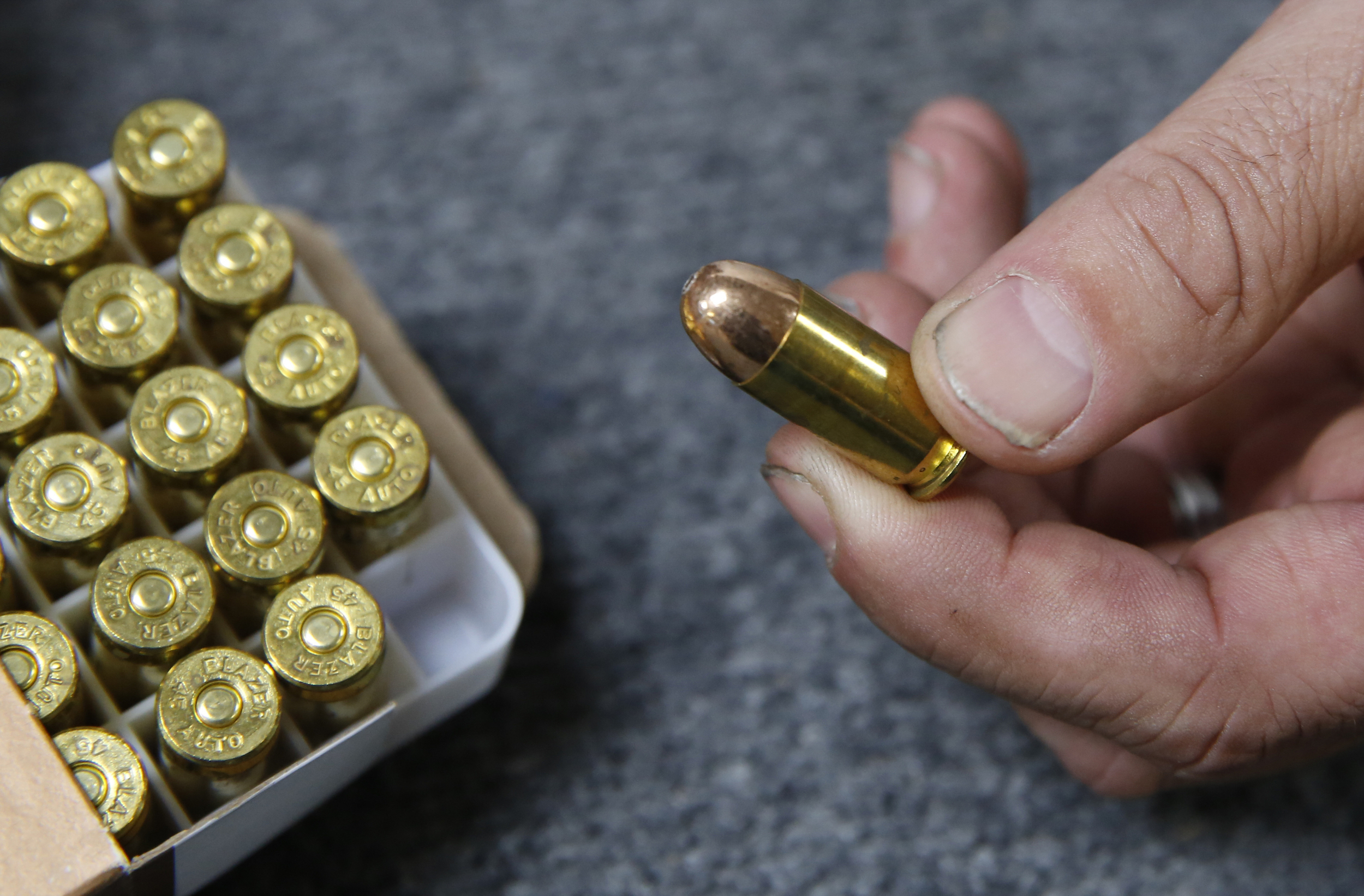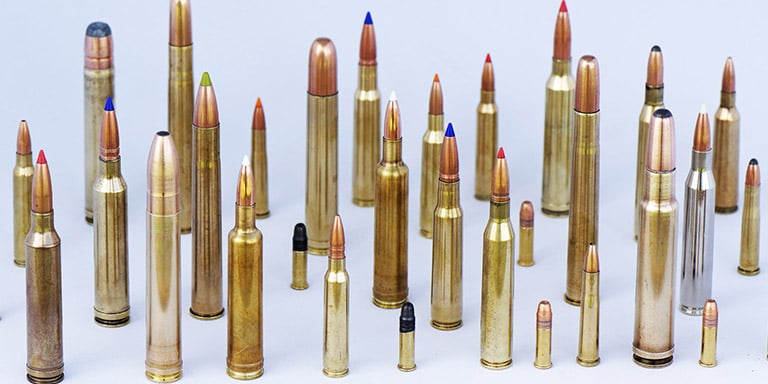The Ammunition Pro Llc Diaries
The Ammunition Pro Llc Diaries
Blog Article
Get This Report about Ammunition Pro Llc
Table of ContentsNot known Facts About Ammunition Pro LlcThe smart Trick of Ammunition Pro Llc That Nobody is DiscussingA Biased View of Ammunition Pro LlcGetting My Ammunition Pro Llc To WorkAmmunition Pro Llc for Dummies
The standard parts of ammo are the very same for rifle, gun, and shotgun ammunition. Understanding exactly how ammunition works is an important aspect in being a responsible gun owner. Today we're checking out the what the standard parts of ammo are and how they collaborate to discharge a round. The standard components of ammo revealed on a 9mm. Discount Ammo round.It houses the guide and powder. The bullet is seated in the open end of the situation. When you discharge a bullet out of a semi-auto weapon, the weapon's extractor lifts the instance from the firing chamber and it flies out of the weapon. The situation is also often described as coverings, brass, or cases.
A gun's shooting pin strikes a cartridge's guide. The primer is a metal cup that holds an explosive chemical compound. When the shooting pin strikes the primer cap, it squashes the priming compound against the anvil. This produces a small explosion in the event that ignites the propellant. The primer is situated in the edge of the case of a rimfire cartridge.
Ammunition Pro Llc - An Overview
Both typical types of guides in centerfire cartridges are Berdan and Boxer guides. Gunpowder beside the instance that normally has it. Powder, also called propellant or gunpowder, is a fast-burning chemical blend. The primer surge ignites it. It is normally a blend of saltpeter, charcoal, and sulfur.

We call the projectiles for shotshells, which we terminate with shotguns, slugs and shot. Currently that you have a standard understanding of the basic parts of ammo, you can feel a little much more confident in exactly how your gun and ammo function!.
The Best Guide To Ammunition Pro Llc
Stay on par with Special Deals, Breakthrough Notification of Sales, and Shop Events
Fun truth: Grains are utilized to describe the mass of a bullet because completely back in the early days of guns, it was an apothecary's system of dimension, and a common procedure was required to identify exactly how much lead to make use of to make actors lead bullets (Shooting Supplies). 'Grains' as a device of measure for weight goes all the way back to old times, and stands for the weight of a grain of wheat

(https://www.bpublic.com/united-states/dover/professional-services/ammunition-pro-llc)For reference, the weight of a paper clip is around 16 gr. We recognize that grains are a step of mass, and much more = larger, and heavy is good? Yes, hefty is good, but mass of the projectile isn't the only point you require to take into consideration when choosing a round for your weapon.
The Buzz on Ammunition Pro Llc
Enjoyable truth, this is the origin of the term "Rifle" ex-spouse. The effect this spin has on projectiles is a stabilizing one the bullet rotating maintains the nose pointed straight, in the very same way that a flawlessly spiraled football throw is going to be a lot a lot more secure and precise in flight than an awful duck, end over end toss.
Just how does this relate to grain weight? Envision you're on one of those playground carousels, the ones with bars you hold on to while it spins.
The same result happens with bullets. The much heavier the projectile, the even more result a faster rotate will certainly have on it.
The Ammunition Pro Llc Statements
There's an additional factor that we have to consider when selecting a grain weight for our ammunition. As hinted at above, bullet rate, or the rate of the projectile, is a major element when figuring out the very best grain weight projectile to utilize. Velocity is influenced by a few major variables, consisting of the kind and amount of propellant (gunpowder), barrel length, and bullet weight.

One of the most typical grain weight rounds for 9x19mm cartridges are 115gr and 124gr. These are usually lead core, completely jacketed (FMJ) rounds. Both of these grain weight cartridges will certainly do well in manufacturing facility 9mm pistols, to typical pistol distances (approximately 50 yards). 115 grain rounds are one of the most typical (and therefore least expensive).
Report this page